Thousands of tourists are flocking to Dien Bien to join the whole country in celebrating the "70th Anniversary of Dien Bien Phu Victory" holiday.
Also during these historic days, Giao Thong Newspaper reporters came here to experience the historical war tourism model at the sites that are now "red addresses" educating revolutionary traditions for generations.
Let's explore Dien Bien tourism guide with PV Giao thong Newspaper through the article below, so that you have a certain amount of knowledge as well as grasp the routes to visit the relics in the easiest way.
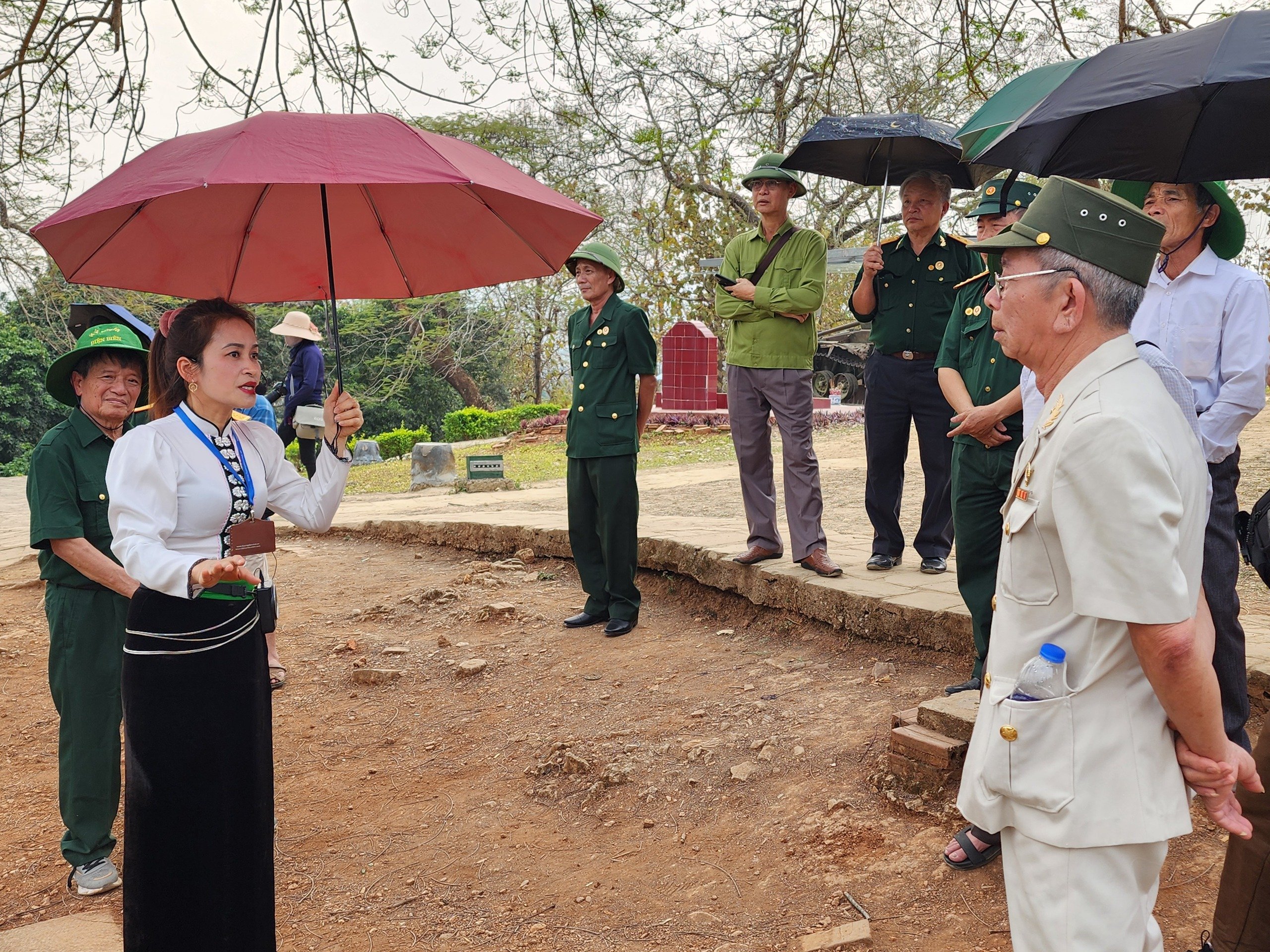
The historical war tourism model attracts a large number of tourists to Dien Bien on the occasion of the 70th anniversary of Dien Bien Phu Victory.
Dien Bien has a tropical monsoon climate in the highlands, with relatively cold winters and little rain; hot summers and lots of rain. Currently, April is also one of the hottest months in Dien Bien.

Convoys of vehicles flocked to visit the Dien Bien Phu base.
To travel to Dien Bien, visitors can travel by 2 types: Air and road. If choosing to travel by road, visitors can go from Hanoi along National Highway 6 through Hoa Binh province or along Highway 87, National Highway 32, National Highway 37 through Hoa Binh and Son La. Travel time is about 10 hours.
Next, the Dien Bien Phu Victory Relics Complex is the most important part of the itinerary to visit historical destinations in Dien Bien province. Most of these places are located next to each other, so visitors can conveniently visit them in one day.
Dien Bien Phu Historical Victory Museum
If visitors have the opportunity to come to Dien Bien, they should choose the Museum as the first destination in their historical tour. This will help visitors have a comprehensive understanding and a deeper understanding of the significance of the following historical sites.
Located at Street 1, Muong Thanh Ward, Dien Bien Phu City, Dien Bien Province, Dien Bien Phu Historical Victory Museum was built in 1984 on the occasion of the 30th anniversary of the historic Dien Bien Phu victory.
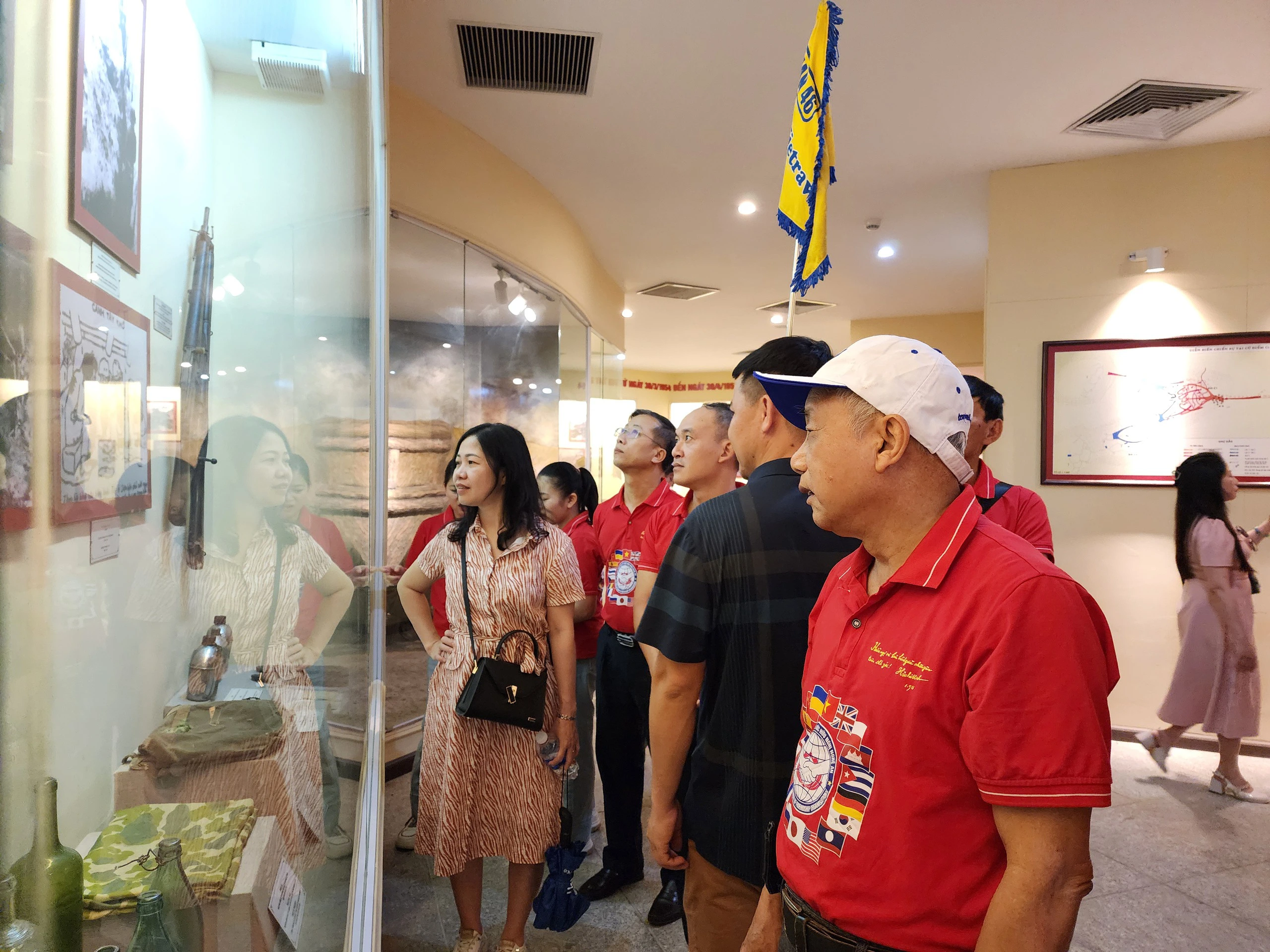
The delegations were excited to experience and learn about wartime artifacts.
The museum has five exhibition areas with more than 1,000 artifacts and 122 paintings on each theme: The strategic position of Dien Bien Phu; The enemy's stronghold group in Dien Bien Phu; The Party's preparation of guidelines for the Dien Bien Phu campaign; The impact of the Dien Bien Phu victory; Dien Bien Phu today.
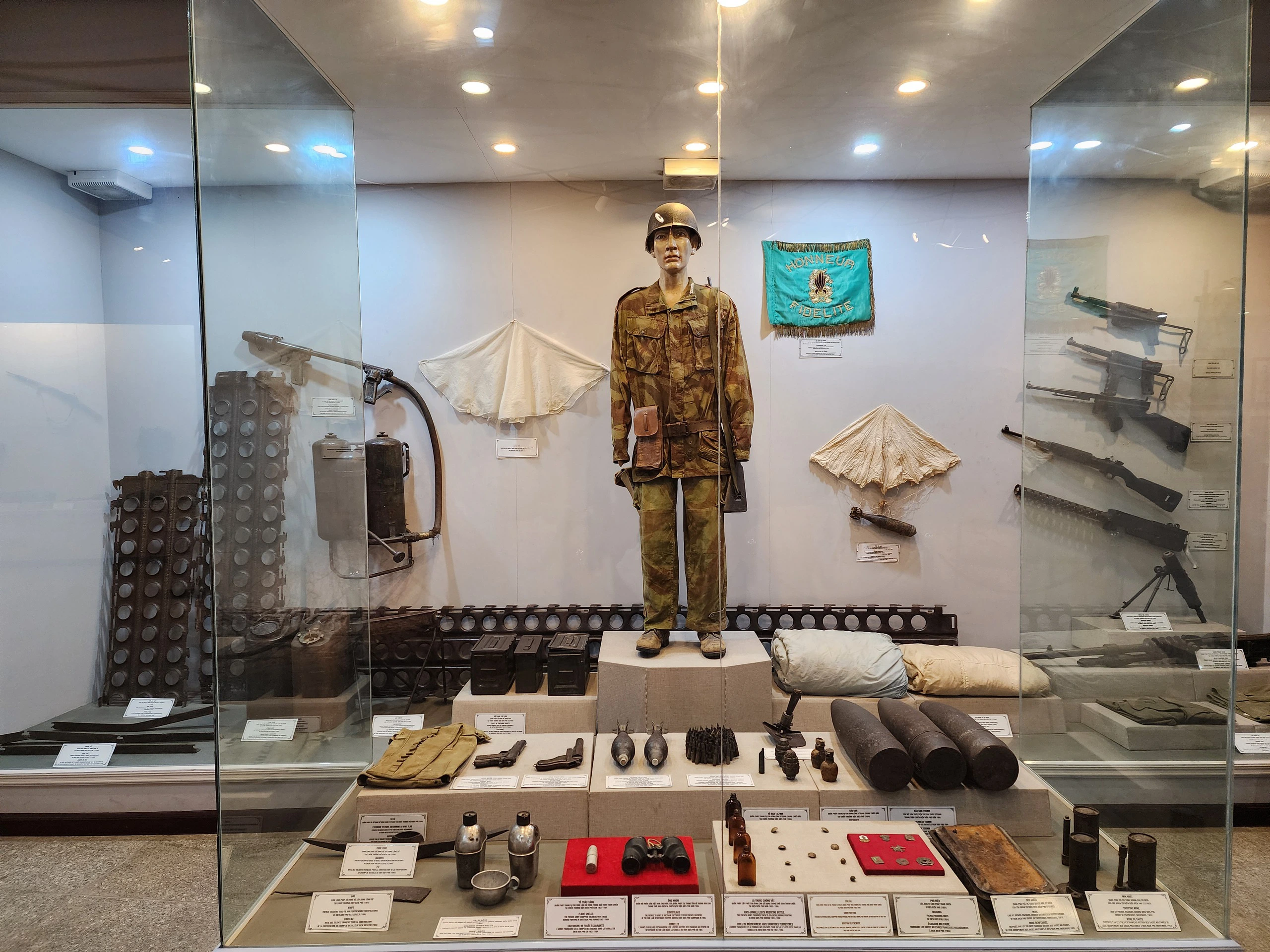
The artifacts are displayed at the museum.
In particular, when visiting the museum, visitors will admire the world's largest panorama "The Battle of Dien Bien Phu". The picture shows all stages of the Dien Bien Phu Campaign in a vivid and attractive way.
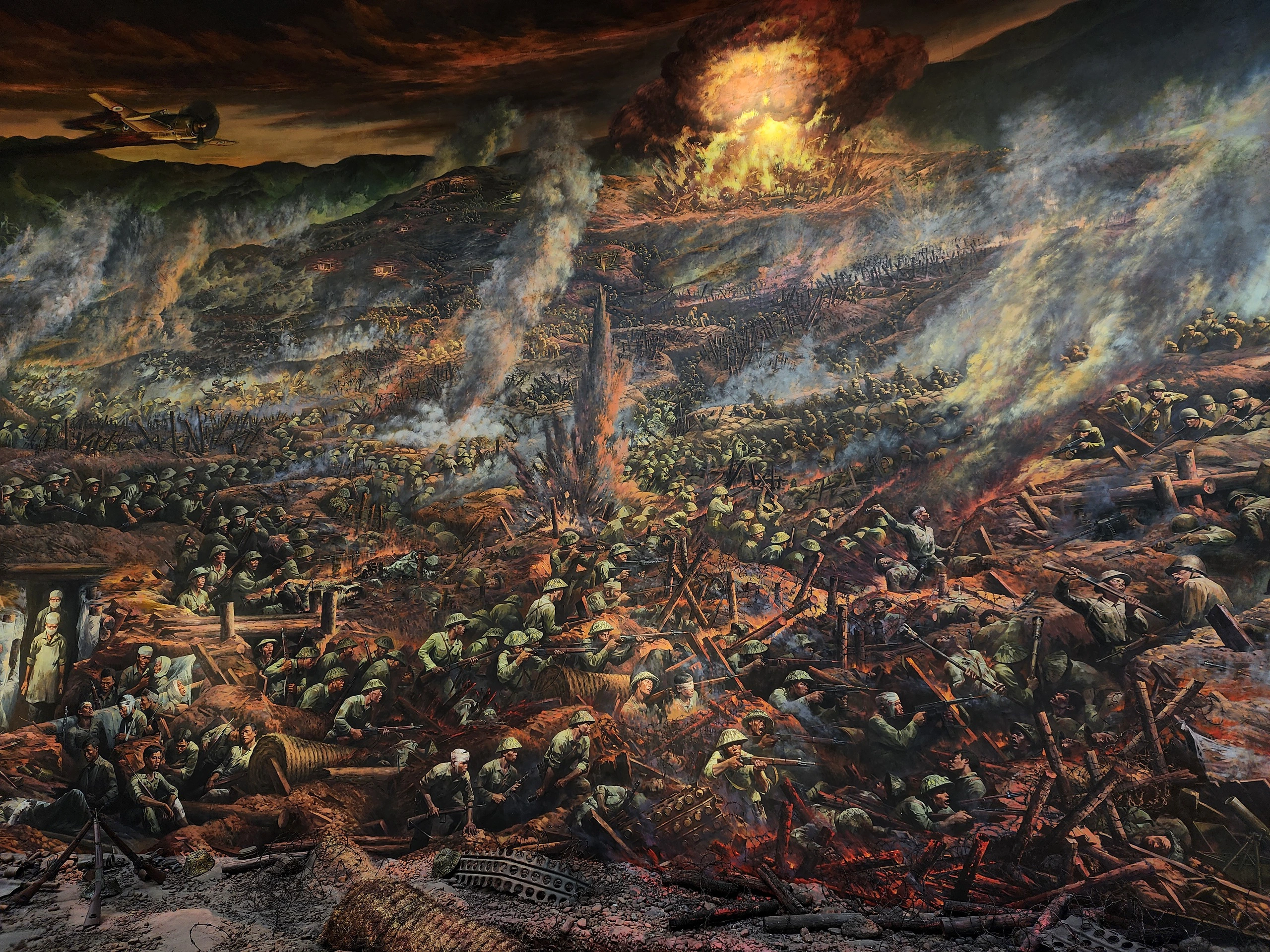
The world's largest panorama painting on the subject of war is displayed at the Dien Bien Phu Historical Victory Museum.
Hill A1
Located in Muong Thanh ward, Dien Bien Phu city, hill A1 is one of the most important strongholds of the battle, considered the "throat" protecting the central area.
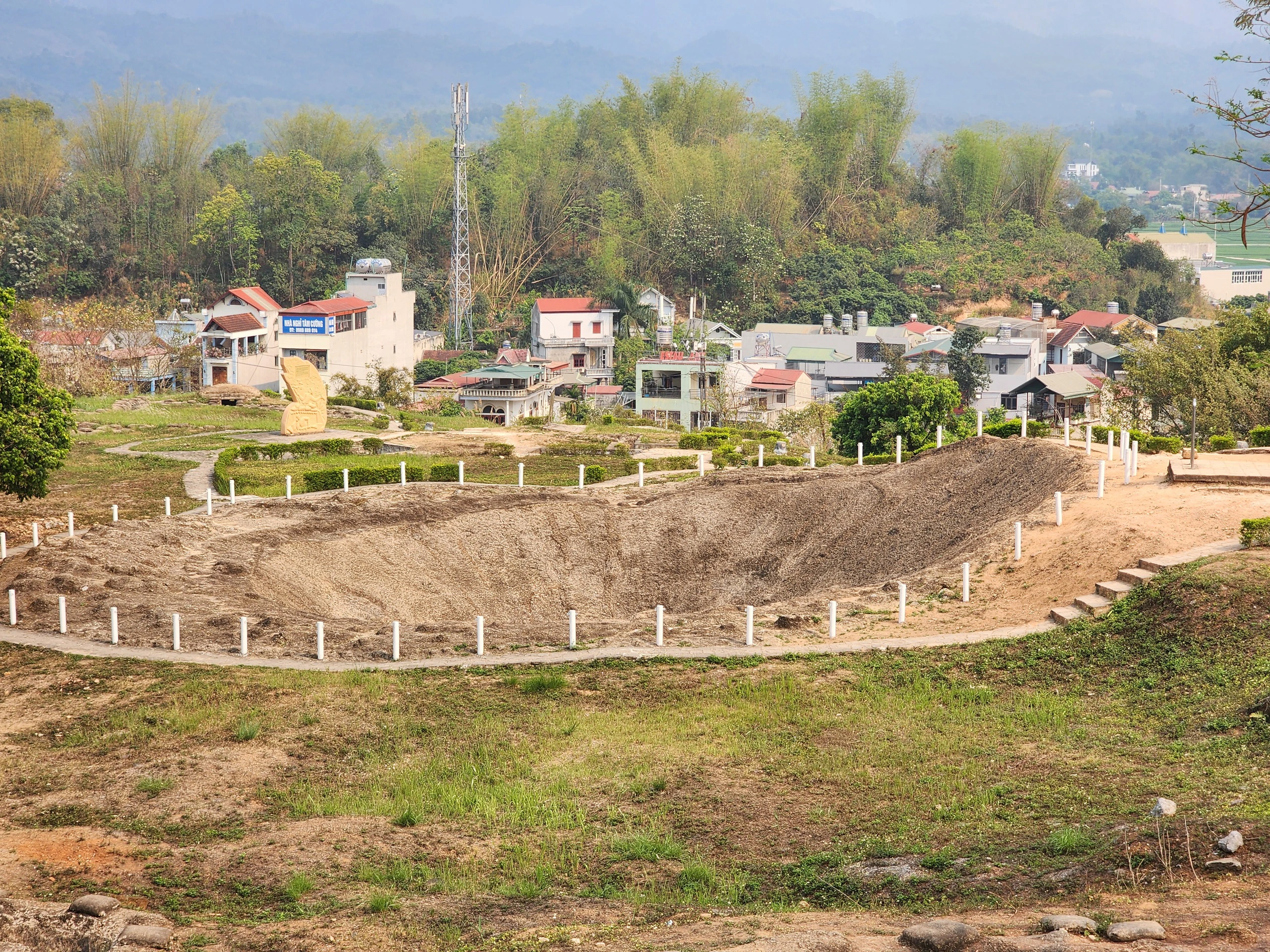
The place preserves traces of the explosive crater at hill A1.
The name A1 is the name the Vietnamese army gave to the hill, before that it had many other names. Around A1, the French army built a system of barbed wire fences in various shapes. On the top of the hill is a bunker, which used to be the wine cellar of the French consulate before 1945.
The tunnel is divided into two compartments, one of which is the working place of the radio communication department. The tunnel is made of sturdy materials, solid brick walls, the roof is made of thick concrete, and on hill A1 there are still traces of the explosion crater created by 960kg of explosives.
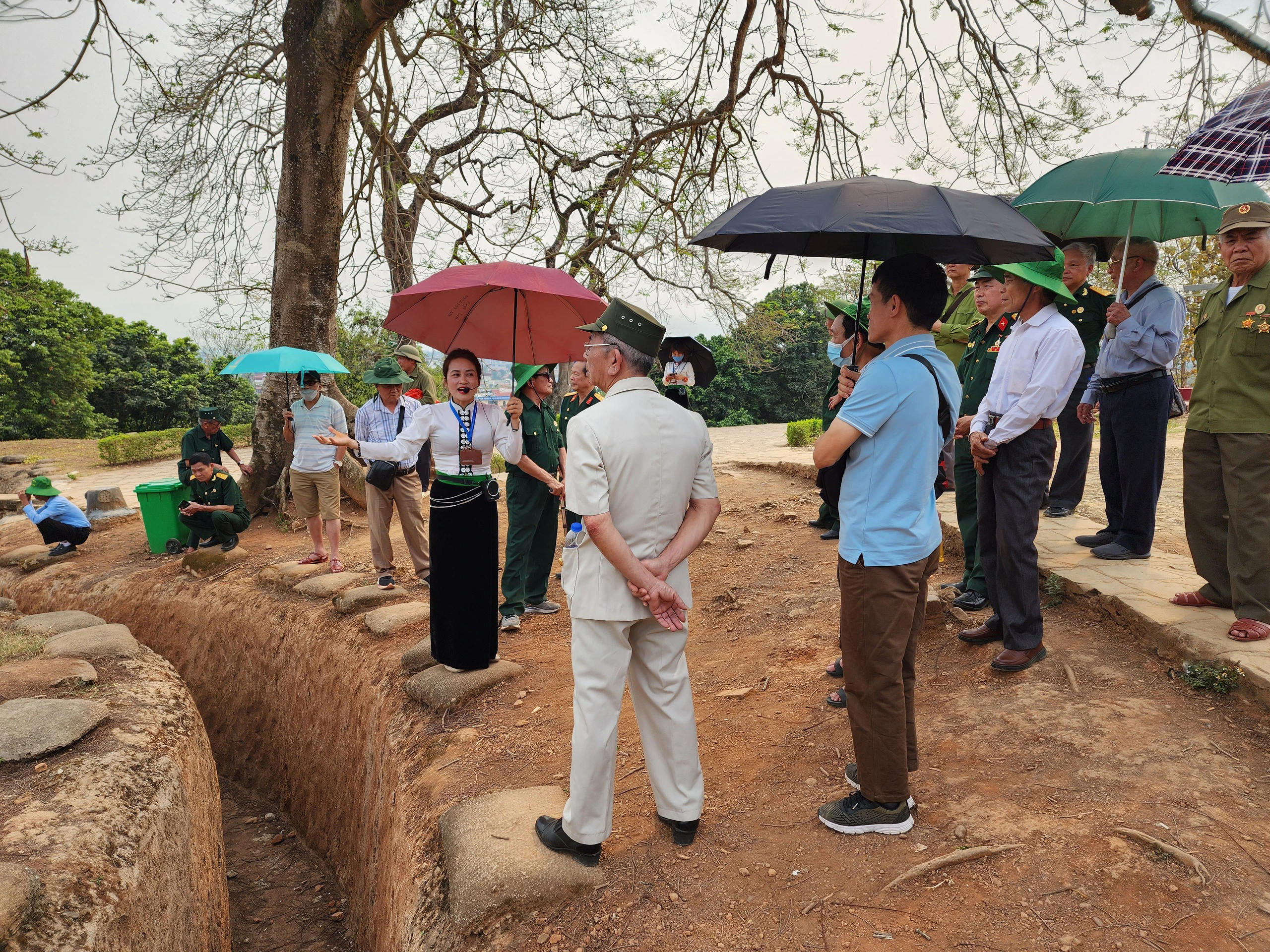
Tourists listen attentively to the tour guide's explanation at A1 hill.
De Castries Tunnel
Known as the most fortified bunker in Indochina at one time, General De Castries' command bunker in Dien Bien Phu was built by the French colonialists with great effort, in the center of the Dien Bien Phu stronghold, in Muong Thanh field, Dien Bien district, Dien Bien province.
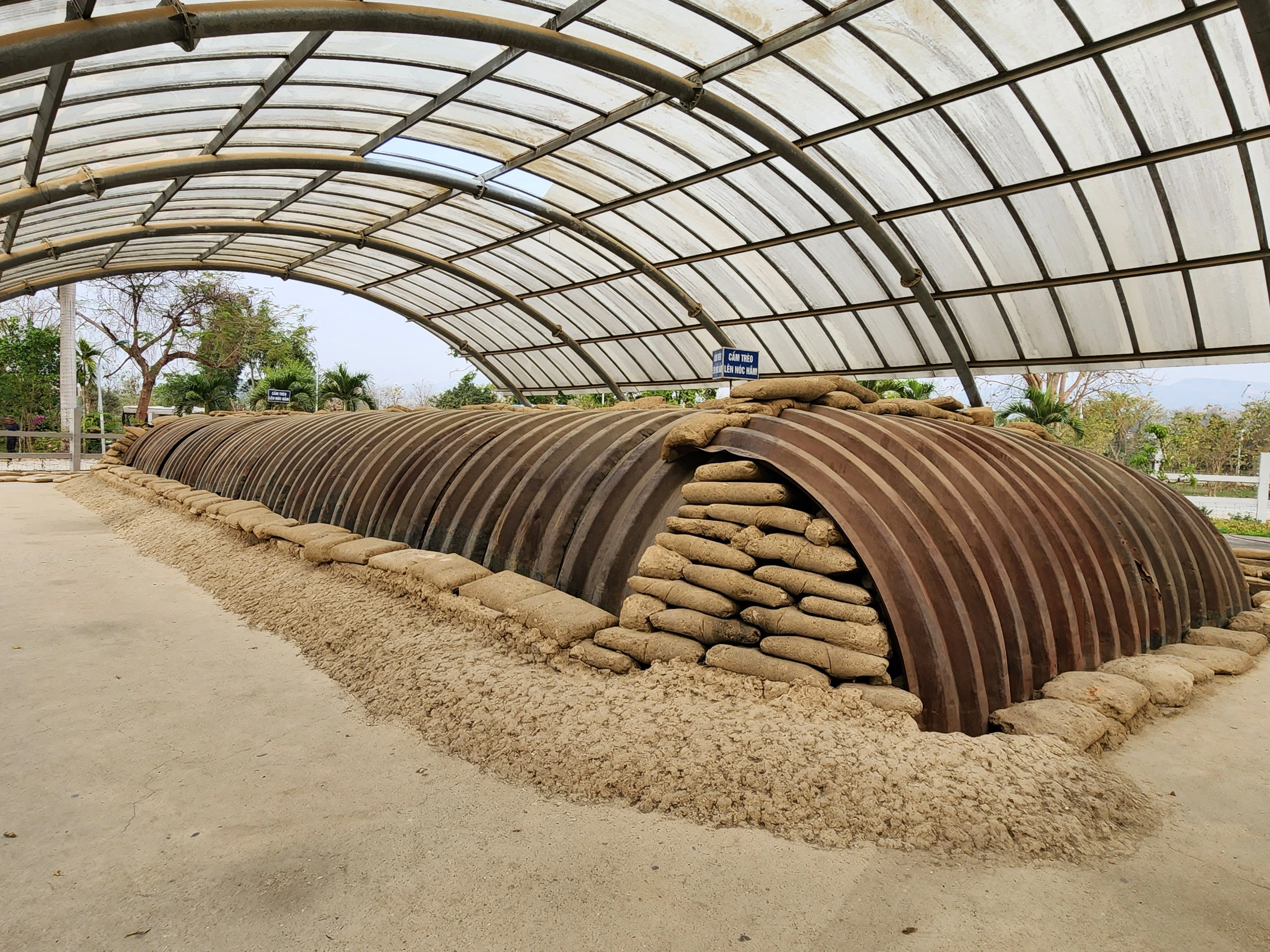
De Castries bunker site.
The structure and layout of the bunker remain intact today. Surrounding the bunker is a defensive fence with a dense barbed wire system and four tanks. The De Castries bunker is 20m long and 8m wide, consisting of four rooms used for both living and working for General De Castries and his soldiers.
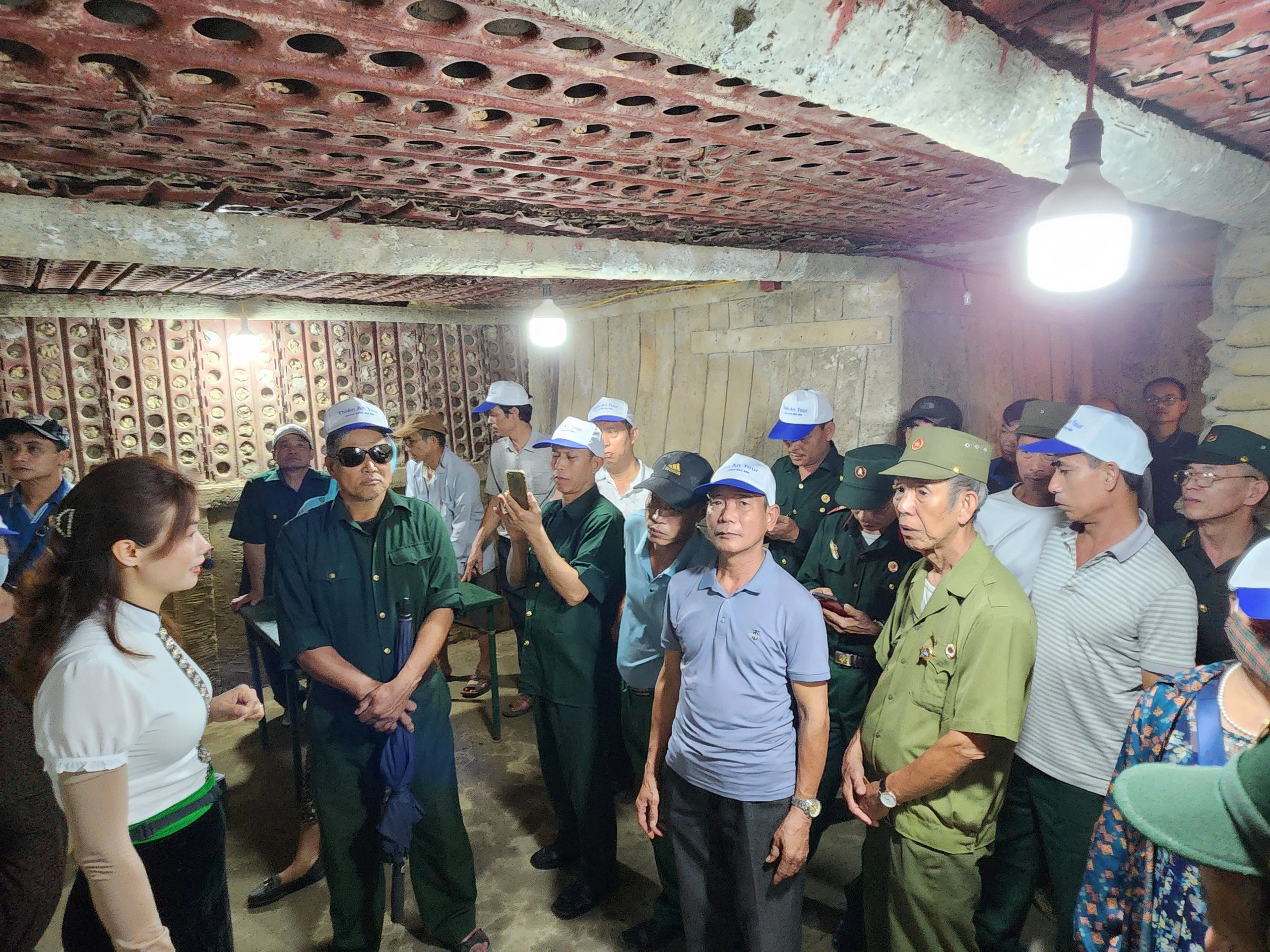
The solid structure of the tunnel makes visitors admire.
Campaign headquarters in Muong Phang
The Dien Bien Phu Campaign Headquarters relic in Muong Phang is located at an altitude of over 1,000m above sea level, hidden under the canopy of ancient forests, at the foot of Pu Don mountain, about 40km from the center of Dien Bien Phu city.
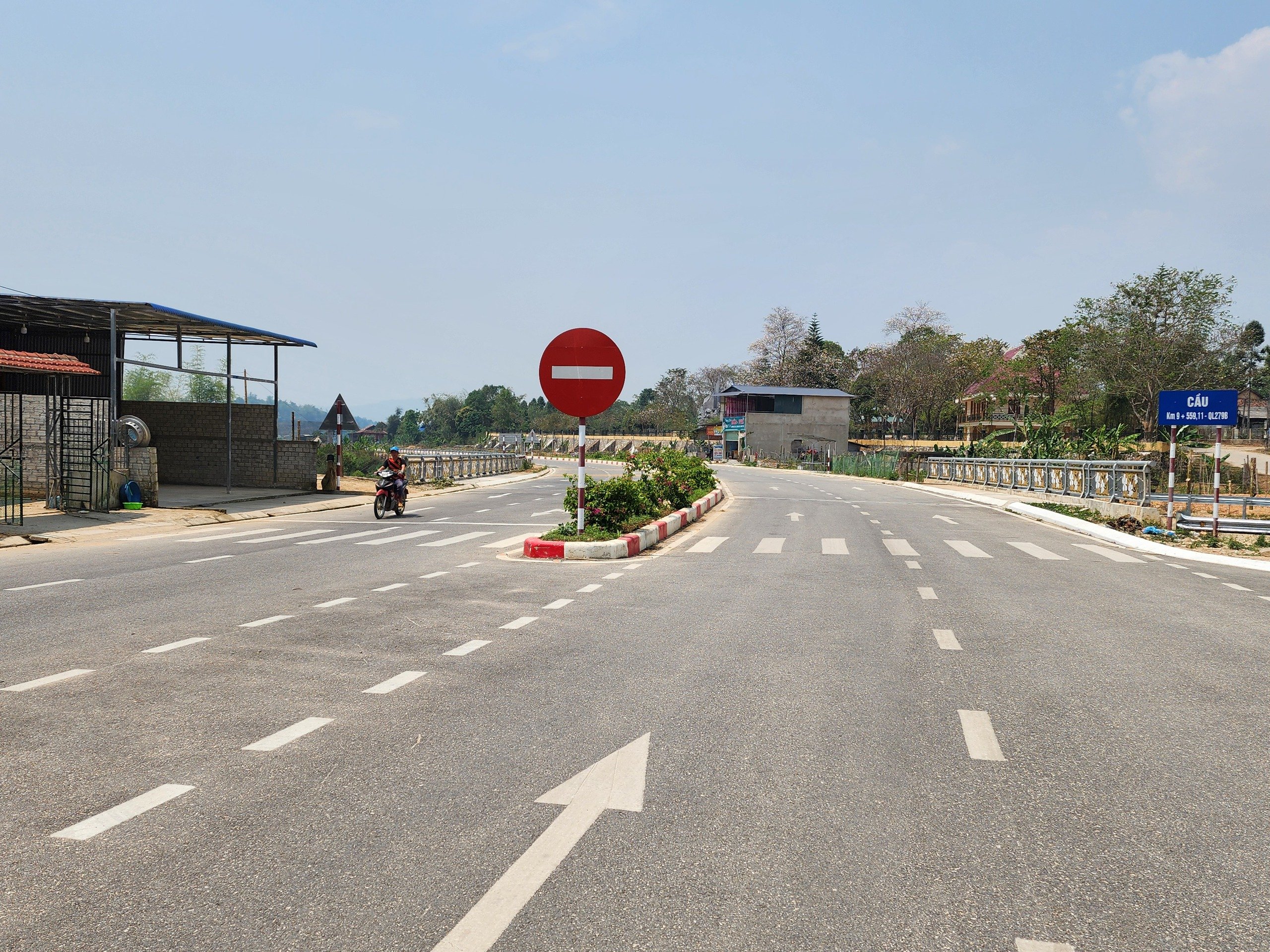
The road leading to the Dien Bien Phu Campaign Headquarters Relic in Muong Phang has been beautifully built to serve tourists.
Muong Phang was the third and final location of the Third Command Post of the Dien Bien Phu Campaign (from January 31, 1954 to May 15, 1954). Here, General - Commander-in-Chief Vo Nguyen Giap and the Campaign Command issued decisive attack instructions and orders, culminating in the general attack order on the entire front on the morning of May 7, 1954, creating the victory "Resounding throughout the five continents, shaking the earth".
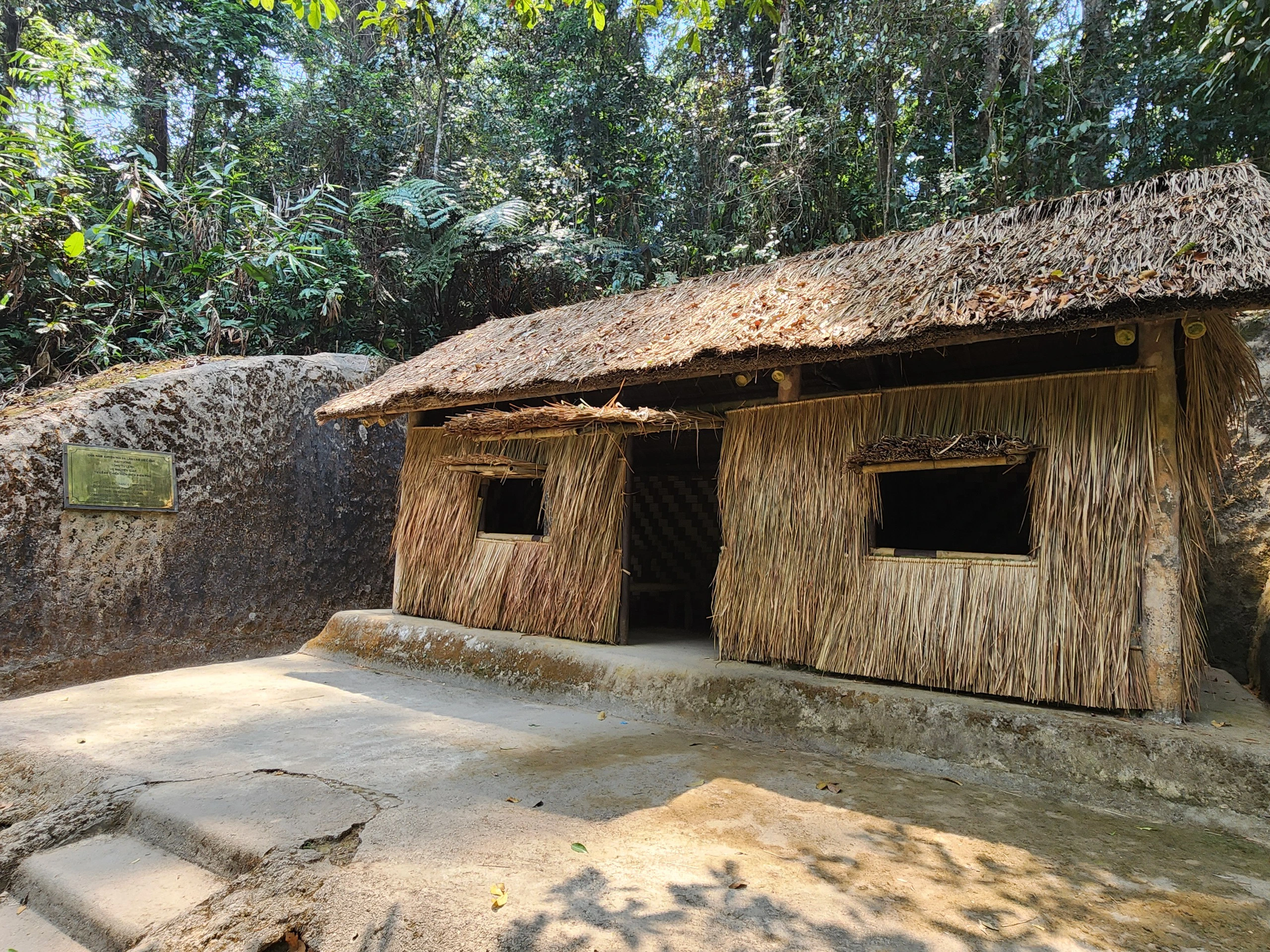
General Vo Nguyen Giap's working hut.
This place still preserves many historical relics such as: The living and working hut of General Vo Nguyen Giap, Deputy Chief of the General Staff Hoang Van Thai, Head of the Communications Department Hoang Dao Thuy... Despite going through many ups and downs of time, the Dien Bien Phu Campaign Headquarters relic still retains the wild and heroic beauty of national history.
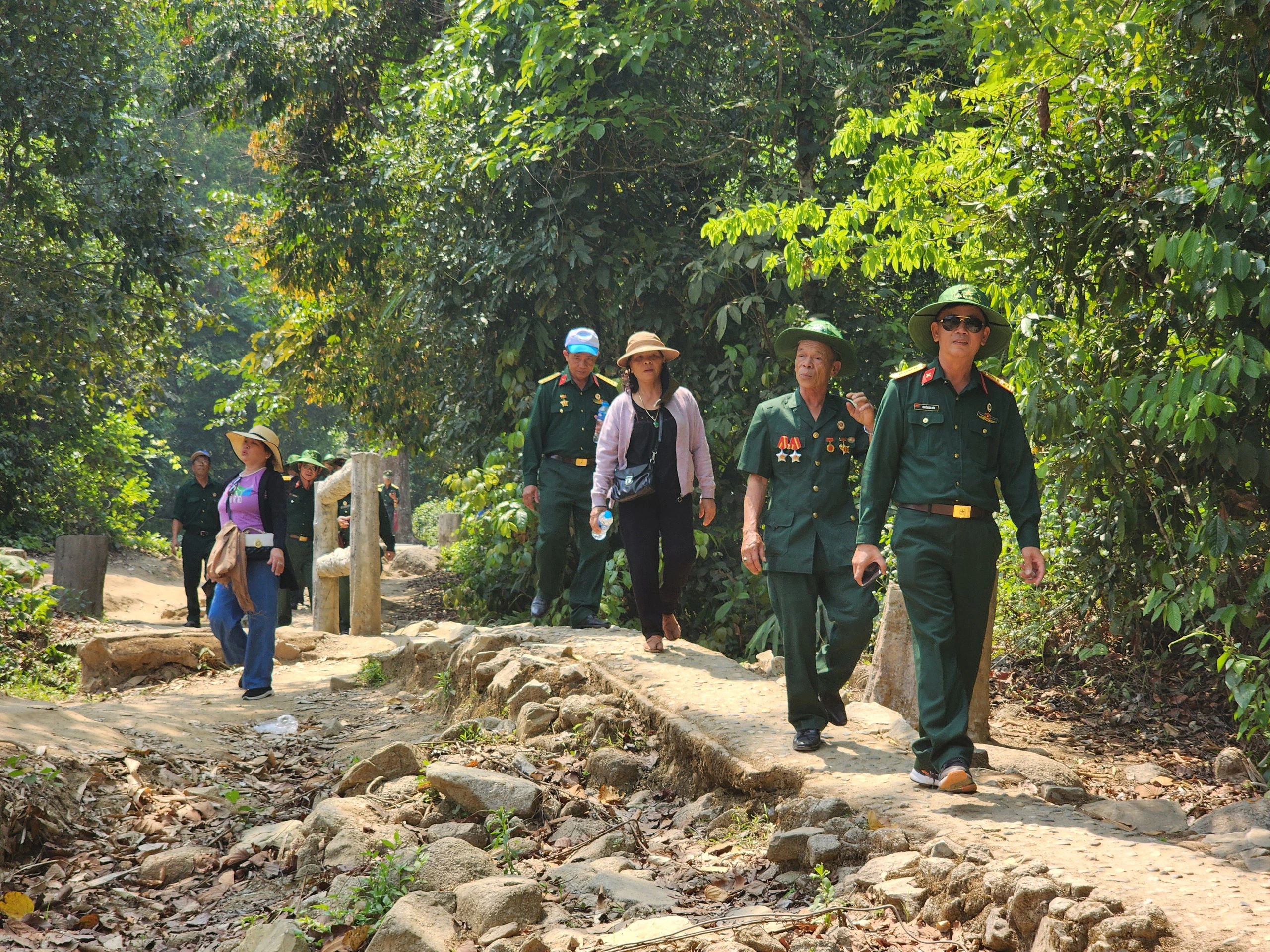
Many tourists are veterans and former youth volunteers who visit Dien Bien.
In addition to historical sites, Dien Bien province also organizes many meaningful activities to celebrate the 70th anniversary of Dien Bien Phu victory from now until the end of the third quarter of 2024. Visitors can refer to the schedule of activities here.
Source






![[Photo] Prime Minister Pham Minh Chinh chairs conference on anti-smuggling, trade fraud, and counterfeit goods](https://vphoto.vietnam.vn/thumb/1200x675/vietnam/resource/IMAGE/2025/5/14/6cd67667e99e4248b7d4f587fd21e37c)

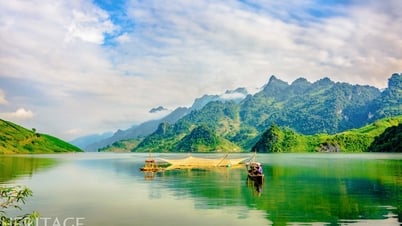

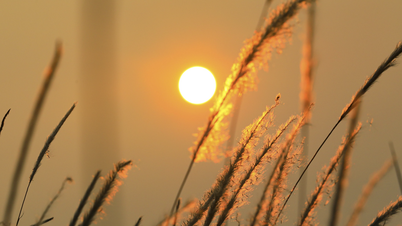

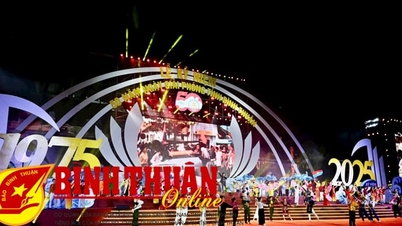

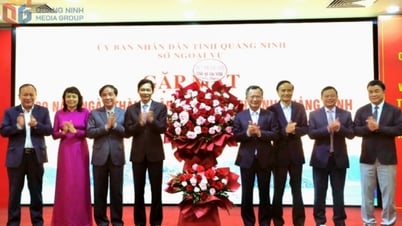
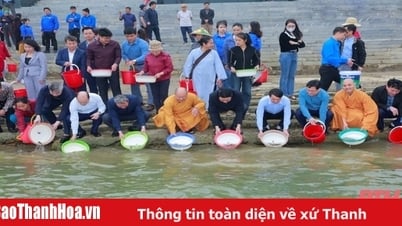

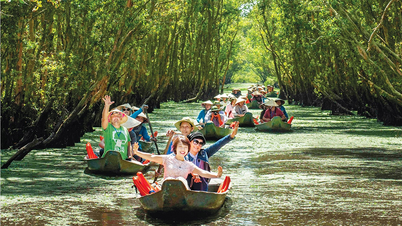
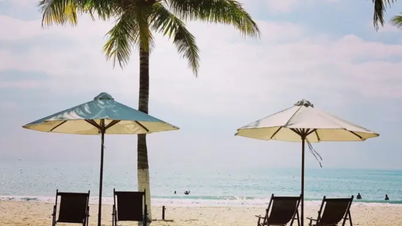

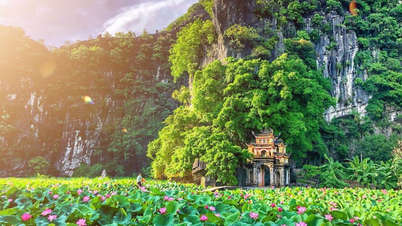
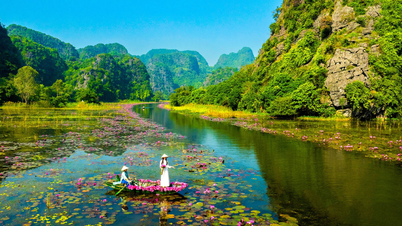




















































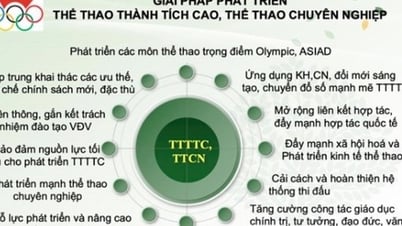


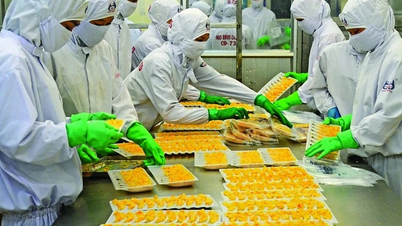
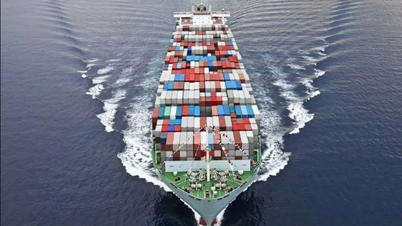
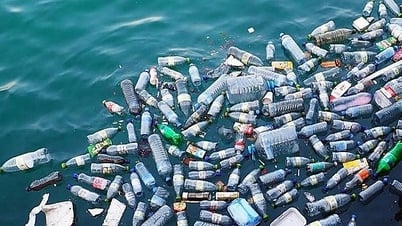
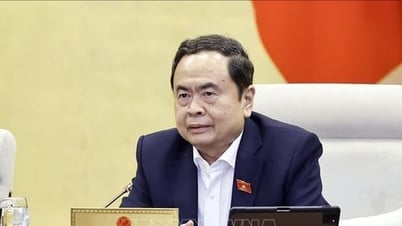



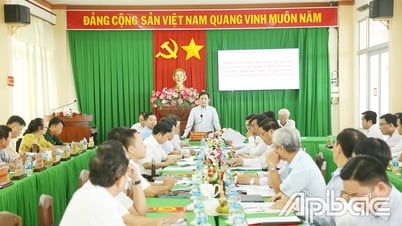

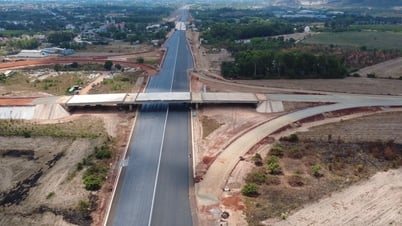

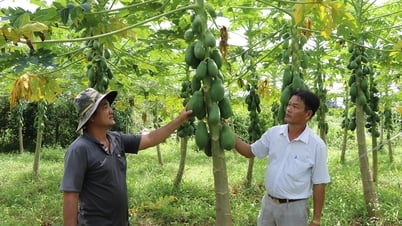
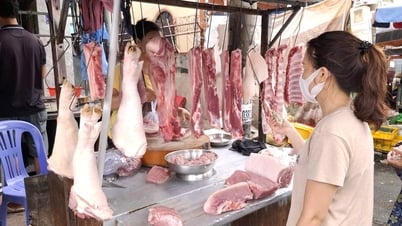








Comment (0)